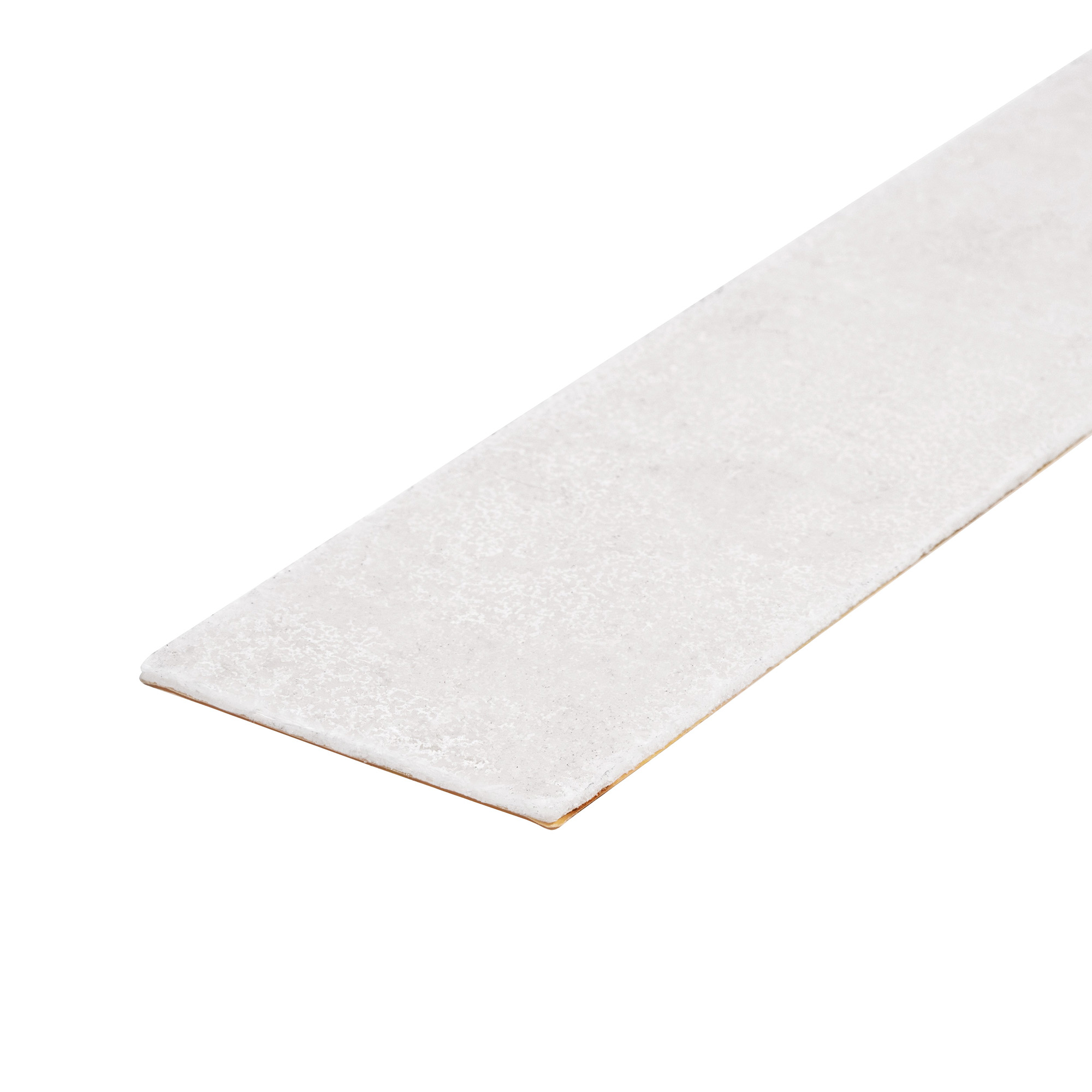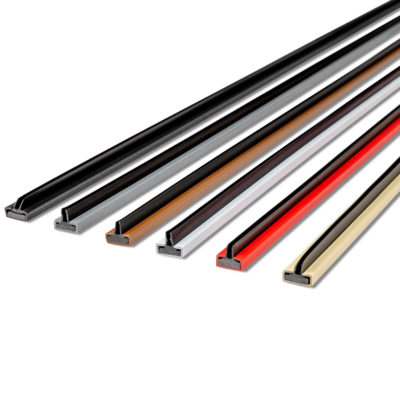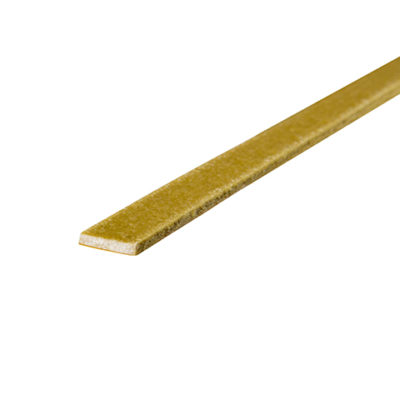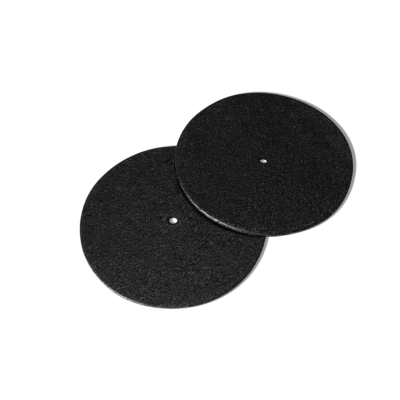Therm-A-Sol
Therm-A-Sol is a product that can be used in glazed apertures in fire resisting doors and screens offering 60 minutes of fire protection.
Available Downloads:
Enquire NowRequest BrochureFEATURES & BENEFITS
Therm-A-Sol is an intumescent liner with a material based on hydrated sodium silicate mixed with an organic binder. When it is subjected to temperatures in excess of 100℃ (212 F) Therm-A-Sol will intumesce, increase in volume and produce a mass of incombustible heat resistant foam similar that is like glass. Therm-A-Sol should be protected from water, high atmospheric humidity and sustained temperatures above 40°C. Therm-A-Sol is frost-resistant. The panels should always be stored lying horizontally and supported over their entire area. The wearing of protective gloves is required.
Fire tested to both BS and EN test standards for glazing applications.
APPLICATIONS
Glazed apertures in fire resisting doors and screens offering 60 + minutes of fire protection.
Therm-A-Sol has been specially developed for internal sealing applications. For ease of installation it has a one sided self adhesive tape allowing rapid installation for any application and is available in sheet form. However, it is particularly suited for the following type of installation:
Fire resisting doors & frames
Self-closing barriers designed to prevent the penetration of fire and smoke through openings in walls for a given period of time can be successfully fitted with strips or sections of Therm-A-Sol.
Bulkheads for pipes, cables or ventilation elements
Therm-A-Sol effects rapid and lastingly effective closure of the cross sections in case of fire by filling them with the pressure-resistant, non-combustible silicate foam.
Security cabinets
Therm-A-Sol offers consistent protection against fire and prevents the loss of valuable commodities such as money, documents, computer diskettes, etc. stored in safes. When used in cabinets for storing solvents Therm-A-Sol also ensures safety and prevents the spread of fire of readily ignitable or explosive substances.
Fire protection walls
Therm-A-Sol is also used in fire protection walls to prevent fire from spreading throughout a building by forming fire zones. Similarly, separating walls can also prevent flames and heat spreading in railroad vehicles.
 01223 832851
01223 832851















